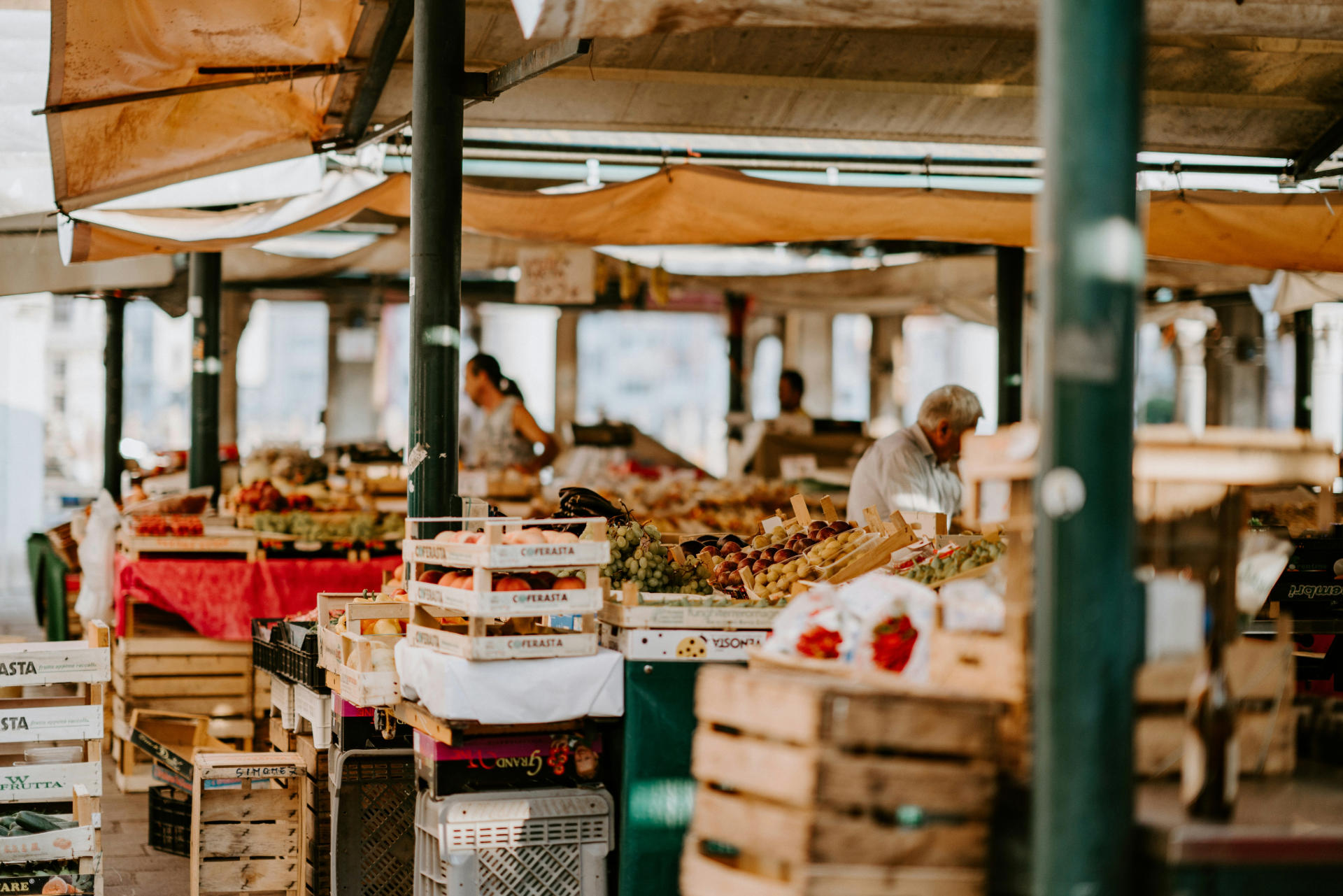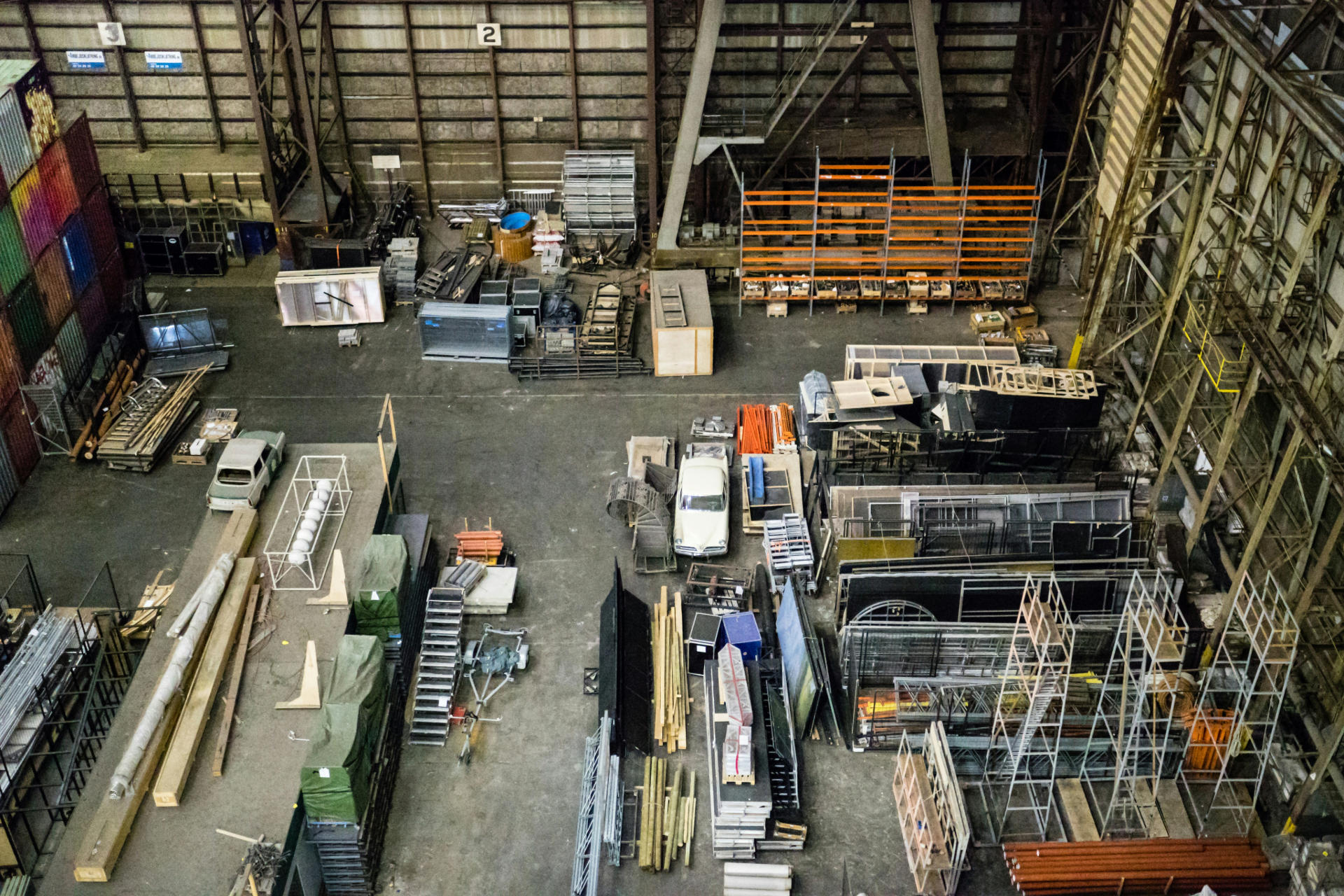Chapters
Have you ever found yourself curious as to how the prices of things you buy are decided? Or why some goods are seemingly pretty scarce while others are easy to get? At the heart of these questions lies the concept or markets and the allocation of resources - two core areas of economics.
Much like a real-life market, full of buyers and sellers haggling over prices, these concepts also play out on a much grander scale when it comes to the economy.
Don’t worry if you’re not following so far, in the article below we’ll go into meticulous detail about how these systems work and why they are so crucial to the everyday lives of people all over the globe. Keep reading below!

What is a Market?
Put simply, a market is any sort of arrangement that allows buyers to exchange goods and services. Alongside physical locations like, say, a farmers market, online stores on the internet like amazon and eBay are a form of market too. In any market, prices are incredibly important. When you buy something, you are directly interacting with the market forces of supply and demand.
Obviously, sellers want to make a profit so they set prices that cover their costs and give them a return. Similarly, buyers want good value for their money, so they keep an eye out for the best deals as well.
For example, if you’re on the lookout for a new phone, you’d probably spend some time comparing prices between different sellers, right? Regardless of whether you’re doing your weekly shop at your local supermarket or investing in stocks, you’re actively participating in a market system.
How Do Markets Allocate Resources?
Markets play a crucial role in allocating scarce resources, which is one of their most important functions. But what does this mean? Well, resources like land, labour, and capital are limited, and the market helps decide how these resources are distributed through the mechanism of supply and demand.
Generally, when a product is highly sought after but in low supply, its price shoots up. For example, if there is a drought and fewer apples are produced, the price of apples will increase massively. On the other hand, if a product is in very low demand, its price will instead drop, signalling to the producers that they now need to allocate fewer resources to it.
What’s the Difference between Factor and Product Markets?
Understanding the difference between factor and product markets can help you better grasp how markets function as a whole. Let’s break it down together:

Product Markets: These types of markets involve the buying and selling of finished goods and services, covering everything from everyday items like food and clothing to expensive or luxury purchases like cars and electronics. It's here where businesses sell their products directly to consumers or other businesses, aiming to satisfy their various needs and wants.
Factor Markets: On the other hand, factor markets are all about the resources needed to produce said goods and services. This includes everything from labour (workers who contribute their skills and time), land (real estate and natural resources used for farming or building), and capital (machinery, tools, and buildings used in production). Therefore, when any company hires new staff or buys new equipment, it’s operating in the factor market.

How Do Factor and Product Markets Work Together?
So how are the two different markets linked? Well, let’s explain using an example. In you head, imagine a popular smartphone company that’s looking to produce an exciting new range of smartphones. How would they go about doing this?
- 1. Getting the necessary resources: Firstly, the smartphone company hires skilled workers such as engineers, designers, and assembly line staff and buys the raw materials needed to make the phone.
- 2. Making the phone: Then with all the necessary resources in hand, the production process finally begins. Engineers work tirelessly to design the smartphone, materials are assembled, and the product is eventually manufactured on the assembly line.
- 3. Selling the phone: Once the smartphones are done, they’re ready to be sold. This is where the product market takes over, with phones being made available to consumers all over the world.
- 4. Generating revenue: If successful, people will choose to buy the smartphones, generating revenue for the company. This income then allows the business to pay wages, cover the costs of raw materials and machinery, and invest in further research and development too.

What Role Does the Government Play in Markets?
The government also plays a pivotal role in keeping markets in check. By putting regulations in place, they make sure that businesses are operating fairly and in the best interest of consumers.
One of the most common ways they do this is by enforcing laws against things like false advertising which can trick people into buying products that don’t live up to promises.
Alongside this, they also set and strictly uphold product safety standards, ensuring that the goods and services available to the public are not dangerous or harmful. Lastly, governments also tend to regulate competition between markets to prevent monopolies from happening - a situation in which one company is completely dominating an entire market.
How Are Technological Innovations Changing Markets?
Over time, technological innovation has massively changed how markets function, making them more efficient and accessible than ever. For example, one of the biggest changes is the rapid rise of online shopping. Instead of having to visit a physical store, we can now shop from the comfort of our homes, with goods from all around the world being available at the click of a button.
But that’s not all that’s changed either, both automation and AI are also having a huge impact as well. Robots now handle much of the assembly work at manufacturing plants, speeding up production and significantly cutting costs for businesses as a result.
Meanwhile, AI is helping companies both large and small manage their supply chains and predict what their customers want. In fact, when you see product recommendations on a website based on what you’ve bought from their store before, that’s usually AI at work.

Conclusion
In conclusion, markets play a crucial role in setting prices and distributing resources. Through supply and demand, they influence everything from the groceries you buy to the job market. Additionally, the government's role is to ensure fairness and prevent monopolies, keeping the playing field level. Meanwhile, technology, like online shopping and AI, is constantly leading to changes in how markets operate, making them more efficient and accessible to the public.
Test Your Knowledge
Select the best definition for a market.
Please select a response.
A market is not limited to physical locations. It can be any system or arrangement where buyers and sellers interact to exchange goods and services, such as online platforms, physical stores, and even informal setups like street markets.
What key mechanism helps allocate resources in a market?
Please select a response.
Supply and demand are fundamental economic principles that dictate how resources are allocated in a market. Prices fluctuate based on the availability (supply) of goods and the desire (demand) for them, guiding producers and consumers in their economic decisions.
Which of the following is an example of a product market?
Please select a response.
Product markets deal with the buying and selling of finished goods and services. Selling smartphones directly to consumers falls into this category, whereas hiring staff or buying raw materials relates to factor markets.
Which resource is NOT typically involved in a factor market?
Please select a response.
Factor markets are concerned with the resources needed for production, such as labour, land, and capital. Finished goods, on the other hand, are part of product markets where these goods are sold to consumers.








